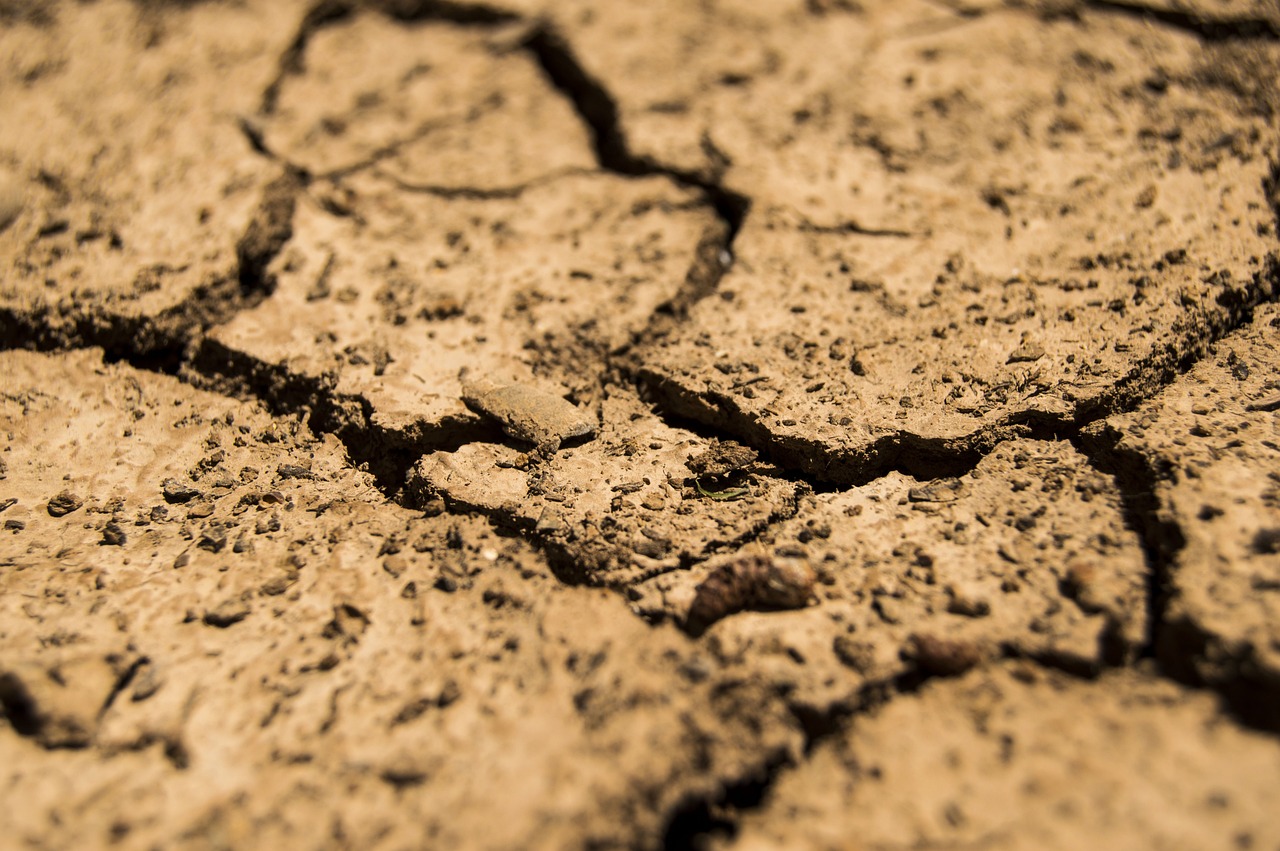Article Title:Soil chemical analysis applied as an interpretive tool for ancient human activities in Piedras Negras, Guatemala
Abstract:
The applicability of soil chemical analysis to the interpretation of ancient human activity areas in the Maya region was studied for potential implications in anthropologically modified soils. We studied chemical signatures associated with a horizontally excavated site in Piedras Negras, Guatemala. The focus of this study is on soil phosphate and trace metals as indicators of ancient activity. We compared total phosphate with Mehlich extractable phosphate to see which method was superior. We also compared total (nitric-perchloric) digestion with the DTPA extraction procedure of heavy metal determination to resolve which method most accurately indicates ancient activity areas. We used principal component analysis to compare the metals and give probable locations of ancient activities. Statistical analysis of chemical patterns indicated possible areas of food preparation and craft production as well as sweeping patterns. We found that elevated phosphate, barium and manganese levels indicate areas of organic refuse disposal. mercury and lead concentrations indicate areas of craft production. These observations are compared with the artifact data. We were also able to determine areas associated with similar activities using chemical analysis. The comparison of the total and extractable element analysis demonstrated that both methods yield important information regarding activity areas. However, because of the resolution obtained, convenience, economy, and safety, we suggest the extractable DTPA and Mehlich methods.
Keywords: household archaeology; heavy metals; phosphate; activity areas; Maya
DOI: 10.1006/jasc.2002.0735
Source:JOURNAL OF ARCHAEOLOGICAL SCIENCE
Welcome to correct the error, please contact email: humanisticspider@gmail.com



